Saturday 27 September
The Habitat is a wildlife park and has three areas - the wetlands, rainforest and grasslands.
The Wetlands
The Wetlands depicts the amazing diversity of our natural wetlands that are important fringing areas and provides a link to many ecosystems. An array of wading birds can be viewed foraging for fish in waterways beneath the boardwalks. The restaurant is within the Wetlands environment.
Bush Stone Curlew
The Bush Stone-curlew (Burhinus grallarius) is a large, ground-dwelling bird endemic to Australia. It is mainly nocturnal and specialises in hunting small grassland animals: frogs, spiders, insects, molluscs, crustaceans, snakes, lizards & small mammals are all taken.
During the day, Bush Stone-curlews tend to remain inactive sheltering amongst tall grass or low shrubs & relying on their cryptic plumage to protect them from predators. When disturbed they freeze motionless, often in odd-looking postures.
Bush-stone Curlews make a somewhat eerie, wailing noise at night and have been responsible for many a phone calls to the police, from people thinking someone was screaming in the bush. For this reason the Bush-stone Curlew is also known as the "Screaming Woman Bird"!
Magpie Goose
The Magpie Goose is a large, distinctive black and white water-bird, around 70-90 cm long with a prominent knob on the head, and orange legs. Immature birds have no head-knob and their white parts are mottled grey or brown.
The diet consists mostly of aquatic plants although some small invertebrates are also taken. They also eat certain crops, particularly rice, and can be a pest to agriculture. The magpie goose is also known as the pied goose and is a favourite food of north Australian aborigines.
Yellow Tailed Black Cockatoo
These birds are very large with yellow cheek patches and large yellow tail panels and grow to 600-700 mm. Males have black or dark grey beaks and dull yellow cheek patches, while the adult females have white beaks and bright yellow cheek patches.
They inhabit a variety of habitat types, but favour eucalypt woodland and pine plantation. The favoured food is seeds of native trees and pinecones, but birds also feed on the seeds of ground plants. Some insects are also eaten.
Red Tailed Black Cockatoo
The Red-tailed Black-Cockatoo is a big black parrot with a short crest, a stubby beak and a long tail red patches.
The tail of the female Red-tailed Black Cockatoo has black bars on the red patches and the head has yellow spots. It lays two eggs but only one young ever grows up to leave the hollow in a tree in which the eggs are laid.
It lives in forests and open country, sometimes taking the seeds of gum nuts in trees, sometimes finding seed on the ground. In some places Red-tailed Black-Cockatoos have learnt to find peanuts under the ground!
Australian White Ibis
The Australian White Ibis (Threskiornis molucca) is a wading bird also known as the "Sheep bird" & is around 65–75 long & has a bald black head & neck & a long black down-curved beak measuring over 16.7 cm in the male & under in the female
The body plumage is white with some black feathers near the tail although it may become brown-stained. The upper tail becomes yellow when the bird is breeding.
The legs & feet are dark & red skin is visible on the underside of the wing. They can reach 28 years of age.
Black-Necked Stork
One of the largest birds at the Habitat. Black-necked Storks fly with the neck outstretched, not retracted like a heron.
They breed in marshes & other wetlands in tropical lowland. It builds a stick nest in trees, laying three to five eggs. It often forms small colonies. The diet consists mainly of fish frogs & large insects young birds lizards & rodents
The only stork in Australia, this species is endangered & are extremely sensitive to environmental changes like water pollution, habitat destruction & human disruption around breeding sites.
Hybrid Spoonbill
Hybrid Spoonbill (Platalea regia x Platalea flavipes)
Meet The Parents
A very handsome couple!
Tropical Far North Queensland
This is about my holiday from Cairns to
Laura, on the lower Cape York Peninsula from
September 2008 to October 2008. Going from Melbourne to Cairns to Port Douglas, to Cooktown and Laura, Cape Tribulation and all the bits in between, and finally back to Cairns for my flight home.
Cheers.
Laura, on the lower Cape York Peninsula from
September 2008 to October 2008. Going from Melbourne to Cairns to Port Douglas, to Cooktown and Laura, Cape Tribulation and all the bits in between, and finally back to Cairns for my flight home.
Cheers.
Drive The Daintree
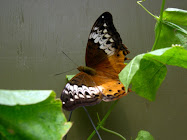
Subscribe to:
Post Comments (Atom)








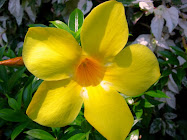
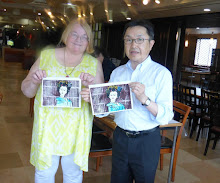
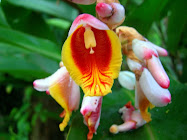



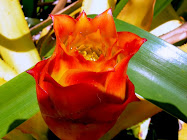
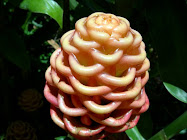
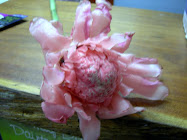

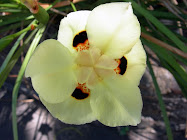
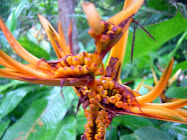
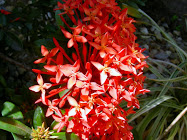
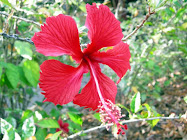
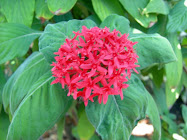
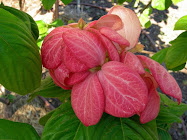
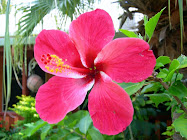
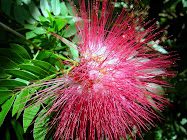
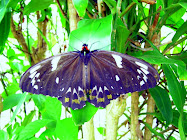
No comments:
Post a Comment